RGB Prism is a camera whose imaging system uses three separate charge-coupled devices (CCDs), each one receiving filtered red, green, or blue color ranges. Light coming in from the lens is split by a complex prism into three beams, which are then filtered to produce colored light in three color ranges or “bands”. The system is employed by high quality still cameras, telecine systems, professional video cameras and some prosumer video cameras.
Compared to cameras with only one CCD, RGB Prism cameras generally provide superior image quality by using full-frame dichroic filters to better separate the red, green and blue color bands, and better low-light performance. By separating red, green, and blue color ranges with a 1:1 pixel ratio (known as “4:4:4”), three-CCD cameras achieve much better precision than single-CCD cameras.
In contrast, almost all single-CCD cameras use a Bayer filter, using less accurate dye filters in front of each pixel to separate the colors. Because each pixel on a single CCD sensor is covered with its own tiny color filter, a frame is necessary to keep the dye filters from leaking into adjacent pixels. The result is less light absorbed compared to a CCD without a Bayer filter. Typically there is a 2:1 ratio of green and red/blue pixels, producing less color detail.
RGB Prism cameras are more expensive than single-CCD cameras because they use three sensors rather than one, and because they use a beam splitter to drive each of the three CCD chips. Additionally most 3CCD cameras use higher quality but more expensive dichroic filters to separate the color bands.
Technology : 3D
Function : spark optical emission, monitoring, thermal imaging, detection, vision processing
Spectrum : infrared, NIR, IR, SWIR, visible, multi-spectral, dual spectrum, UV
Sensor : 3-CCD, CMOS
Resolution level : full HD, HD, 4K
Other characteristics : day/night, outdoor, very high-sensitivity, indoor, OEM, low-light


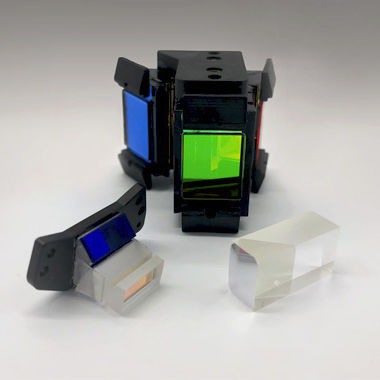
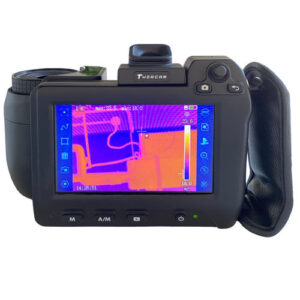
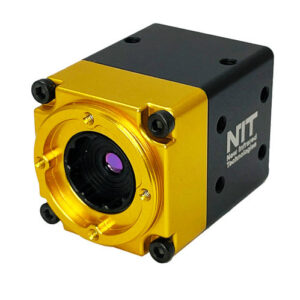
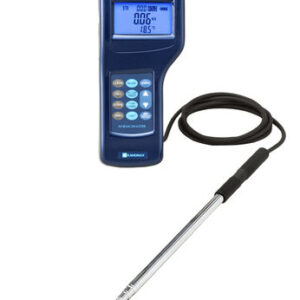
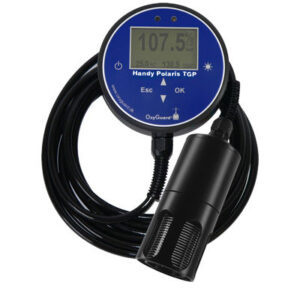
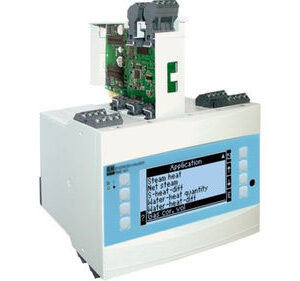
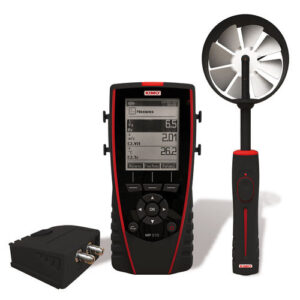
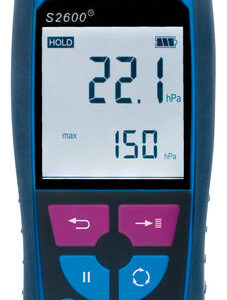
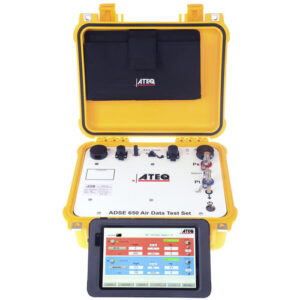
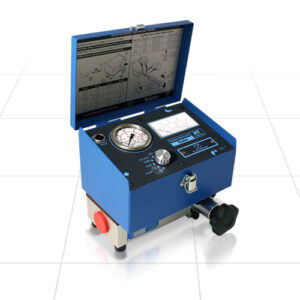
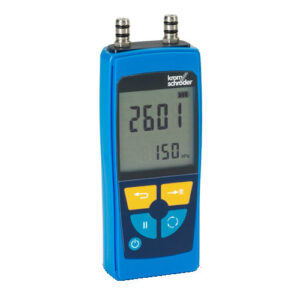
Reviews
There are no reviews yet.